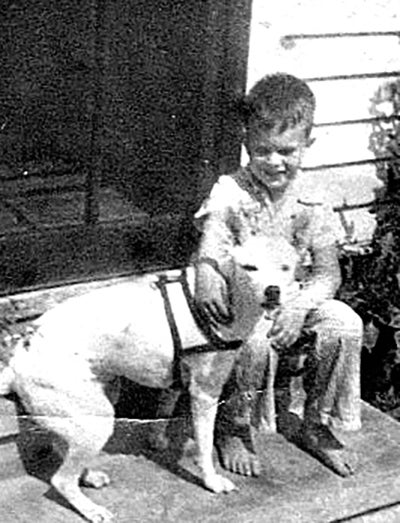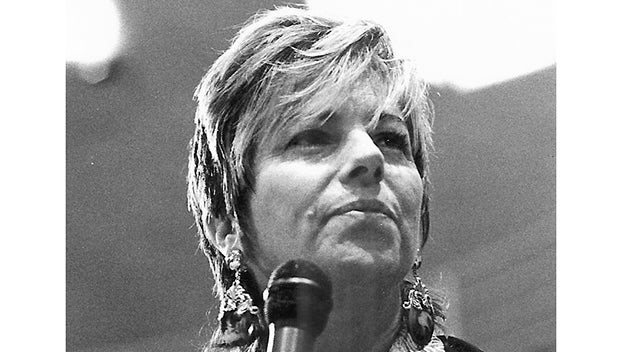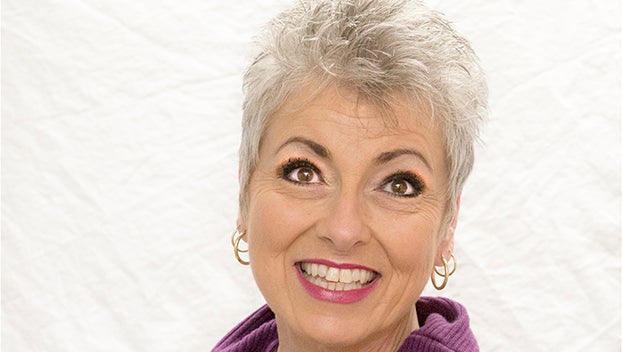And Now You Know: Looking at Orange a century ago
Published 7:35 am Saturday, January 23, 2021

- And Now You Know
|
Getting your Trinity Audio player ready...
|
Orange, in the 1920s, was a pleasant looking little Southeast Texas town. The majority of the houses were wooden framed and painted white. A few were brick or stucco. Many had white picket fences or hedges, some had iron fences.
Most of the streets were shelled, the shell bleached white by the sun, only a few were paved. Streets on the outskirts of town were dirt. On the west side of town, Highway 90 led to Beaumont, it was mostly dirt and cars got often stuck when it rained. On the east, a ferry on the Sabine River carried cars and trucks to Louisiana.
Entertainment a century ago was different, there were very few radios, no TV, no VCR or DVDs, no internet, and no electronic games.
For entertainment there were often dances and parties in homes, usually a victrola furnished the music. Formal dances were held at the Holland Hotel or at the Chamber of Commerce building. Sometimes people drove from Orange to Port Arthur for dances at the Pleasure Pier.
Sing-songs around a piano were popular. Popular songs sung in the homes were “Skip to my Lou”, “Tideo”, “The Girl I Left Behind Me”, and “Coffee Grows on the Wide Oak Tree”. Older folks and children took part as enthusiastically as the young people.
Also, at home, card games were popular. Games played included Rook, Fish, and Bridge. Sometimes on wintry nights there were candy or taffy pulls.
Sabine Lake was a popular place to go for picnics, swimming, and throwing cast nets to catch mullet.
People went swimming in the Sabine River and at Skeeler’s Pond or Payne’s Swimming Pool on Highway 90.
Silent black and white movies played at the Strand and Liberty theaters. Popular stars were Mary Pickford, Theda Bara, Rudolph Valentino, and Douglas Fairbanks.
On Saturdays, youngsters went to see western movies with stars like William S. Hart or Tom Mix. There were serials with Pearl White or Ruth Poland or Eddie Polo, and the serial villain, William Orland.
Entire families enjoyed comedies with Harold Lloyd, Charlie Chaplin, Buster Keaton, and Ben Turpin, and the bathing beauties presented by Mack Sennet.
During the shows an electric piano played popular songs such as “Smiles’ and Beautiful Ohio”.
The most excitement was when the Chautauqua came to town. It was a weeklong program of various types of entertainment. It was high quality and very popular with both adults and children.
On Sunday afternoons, in good weather, families took to country roads in Model T Fords, Chevrolets, Overlands, or whatever other make of car the family owned. Young people often went “kodaking”, along the rivers and bayous. They took pictures of tugboats, old style train engines on a siding, or maybe just a bridge.
Football and basketball games were well attended, as were church functions. On Saturday nights, folks went to town to see and be seen. Older folks watched from their cars, while the younger ones walked up and down Fifth and Front Streets, often stopping to visit with friends. Not much shopping was done.
Life in Orange was simple. Some of the people who had come to Orange for the work related to World War I were leaving. The pace of the town was slowing down. A few businesses were closing.
At the end of the decade in 1929, the Great Depression would begin, but for now it was a period of tranquility.
“And now you know.”






